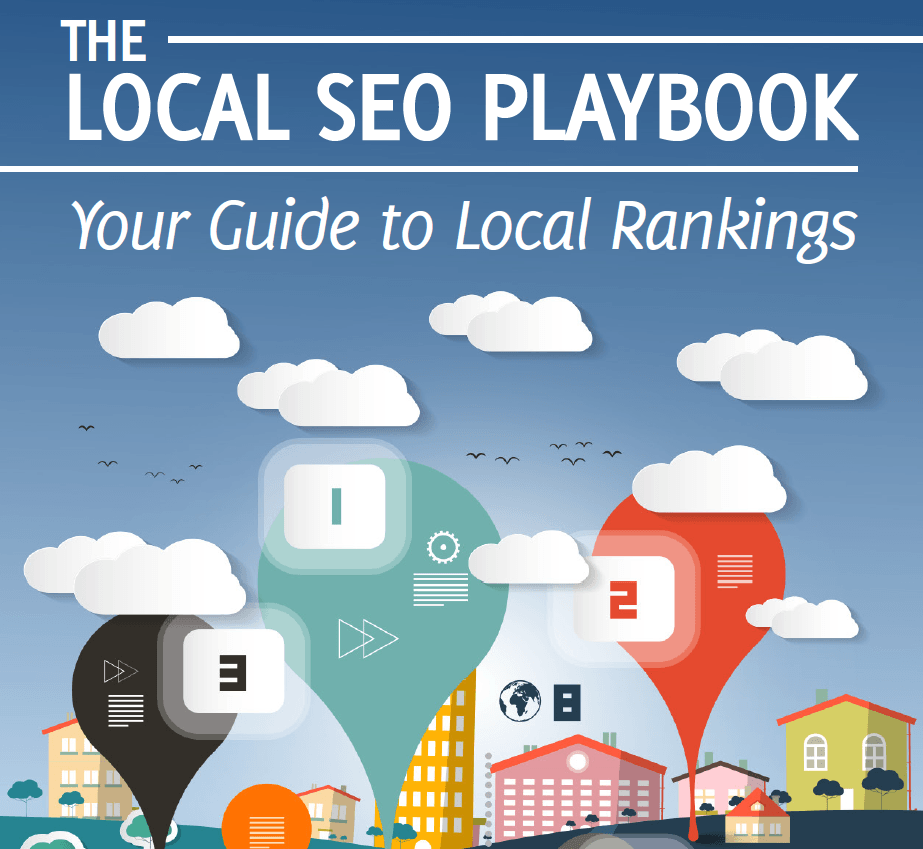Are we doing wrong in creating “what the client likes”?
by Dan Gershenson
A few years back, when I was working in a 900-person ad agency, a new Copywriter entered our group. As he set up shop in the office next to me, he asked:
“So…this Creative Director. What kind of stuff does he like?”
“Excuse me?”
“You know, what kind of copy does he typically approve? What’s easier to get through and flies with him? Does he have a style he likes to see?”
I was taken aback by the question.What does it matter if it’s a smart idea and the right kind of idea for the brand? If you’re a compelling strategist and presenter, so what if you have to sell a little harder to persuade someone to choose it?
Here are some variations of things I have heard:
“Bob doesn’t like seeing images of people looking directly at him.”
“Can we make sure the copy isn’t so negative-sounding? Janet doesn’t typically approve that.”
“Sam is big on making sure we list all of our services and in bullet point.”
“Laura tends to be more of an Earth-tone color person so our layout should have that. Get rid of these bright colors.”
“I like pink. If you give me anything with pink in the ad, I’ll approve it. Pink, pink, pink.”
“I know what you’re saying, I love it and I think the audience would love it. But it’ll never fly with this client. He doesn’t do humor.”
“Gary’s always been more comfortable with traditional media. Put more of that into your strategy than the online stuff and he’ll like it.”
If you’re in Advertising long enough, you’ll learn that revisions are part of the natural order. Things don’t sail through with ease. They get analyzed. They run through a gauntlet of account and creative people taking hacks at the work. And if emerges unscathed, it goes out the door to a client that – you guessed it – takes more hacks at it. As Luke Sullivan, author of “Hey Whipple, Squeeze This!” calls it, it’s the “Death by A Thousand Tiny Cuts.”
Nature of the beast, I suppose. But that doesn’t mean you take the easy way out to avoid it at all costs. That includes writing for people who aren’t in the target audience. This is why answering the “What kind of work do they like?” question may win the battle but ultimately loses the war on several fronts.
First, it’s created with the endgame of trying to ensure the idea sees the light of day. That’s woefully short-sighted.
If your idea does get through but can’t connect with the audience because all you were concerned with was appeasing internal forces, how does that benefit the agency or client?
It doesn’t. It does a disservice to them, even if they can’t automatically grasp why that idea is the right one. And that will only come back to hurt you.
Second, the end buyer is an afterthought with a question like this.
The Creative Director and client are buyers of the idea but they are not buyers of the product.
If you’re not thinking about those end buyers, you’re not doing justice to the client’s brand, the agency or yourself. We don’t always reach the goal of creating the kind of amazing ideas we want to, but we always
have to try and push as far as we can until then. Even if it’s the harder road to take.
Third, you lose your identity as a writer or designer.
It becomes their message. Their design. Their tone. Their style. You become a clone of them. But your Creative Director or client doesn’t need a clone. If they’re any good at their job at all and not a complete dictator, he or she needs different perspectives other than their own that produce creative surprises, not what they want and expect to see.
Yes, I know this isn’t art and can’t be an expression of whatever we want. That’s selfish because it becomes all about us rather than, again, the target audience. But there is a difference between creating and order taking .
Creating gives meaningful thought to the challenge and considers how to speak to the audience in unexpected ways that resonate with them. Order taking gives no meaningful thought and only considers what your boss or the client wants to say or design. You lose a bit of your soul the more this happens.
Think of how this applies to something else, like music. There will be only one U2. One Coldplay. One Foo Fighters. One Leonard Bernstein. One Stephen Sondheim. One Mozart. Is it better to emulate someone who has already produced something great or is it worthwhile to create something on our own? Some people are all for the first option and get fulfillment off of that – cover bands, essentially. They can be talented in their own right but they aren’t bringing anything new to the table we didn’t expect. If you play 80’s rock, we’re going to expect 80’s rock. There’s safety in that because people can identify with your music and you may get a great turnout at the local bar.
But if you create something from scratch that you think the end audience may like? The stakes and risks are higher. They don’t know your music because it’s original. It’s new and different to their ears. The road to success is a lot harder, from sleeping in vans to playing in the worst bars imaginable for little money at first. And yet, if you have even a moderate amount of success beyond this level, you surpass any kind of fame the cover band will have. Because you’re giving people the unexpected. They then anticipate that and appreciate that. They tell others. Your fan base grows.
Playing to the immediate crowd is safe. If you’re comfortable with being a cover band in the creative world, good luck and I hope it works out. But if you can stomach the harder road by striving to deliver the unexpected rather than what you know they want, I’ll be raising a lighter high to salute you.
The post Are we doing wrong in creating “what the client likes”? appeared first on Caliber Brand Strategy + Content Marketing.
The Fractional CMO







